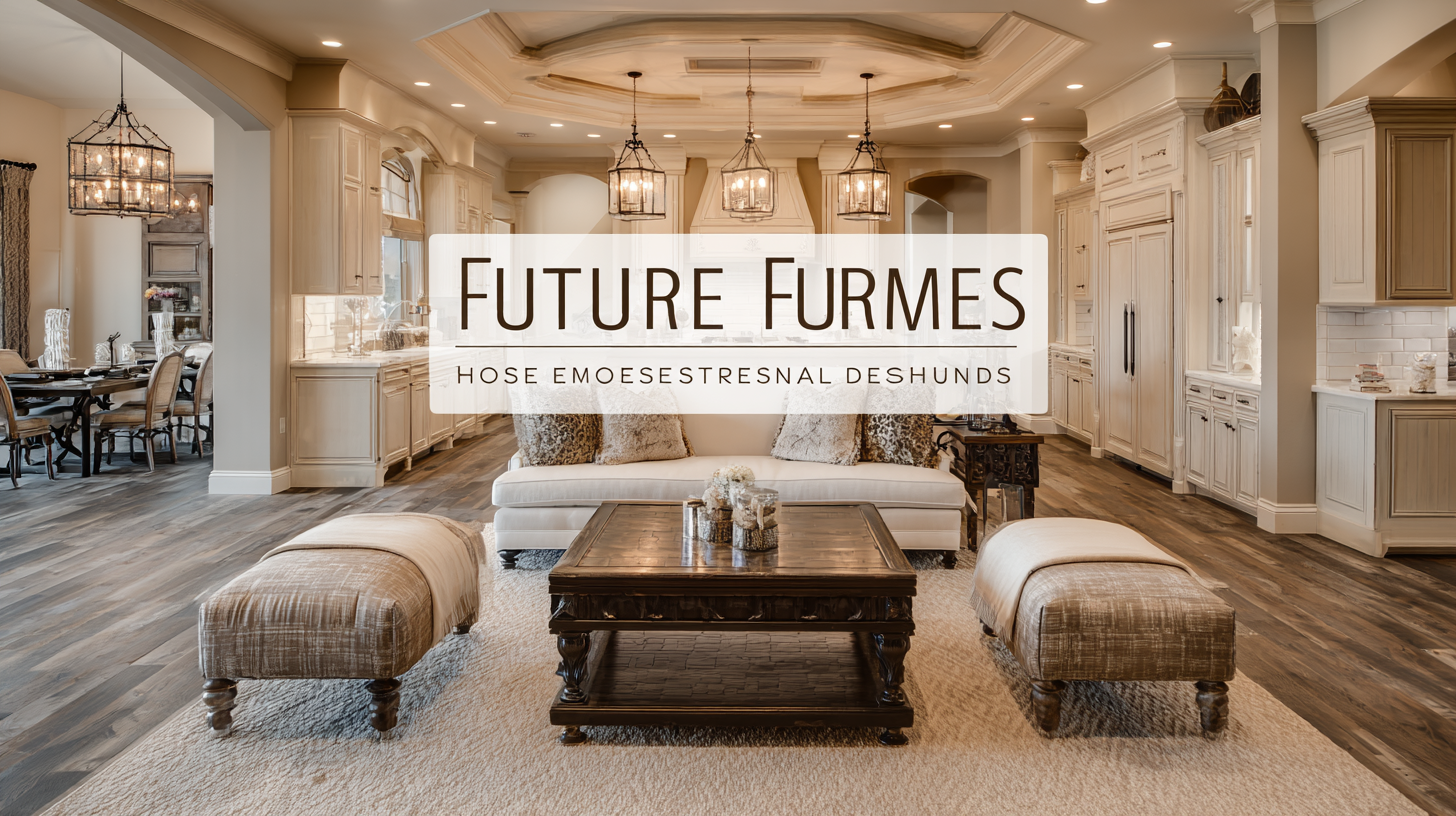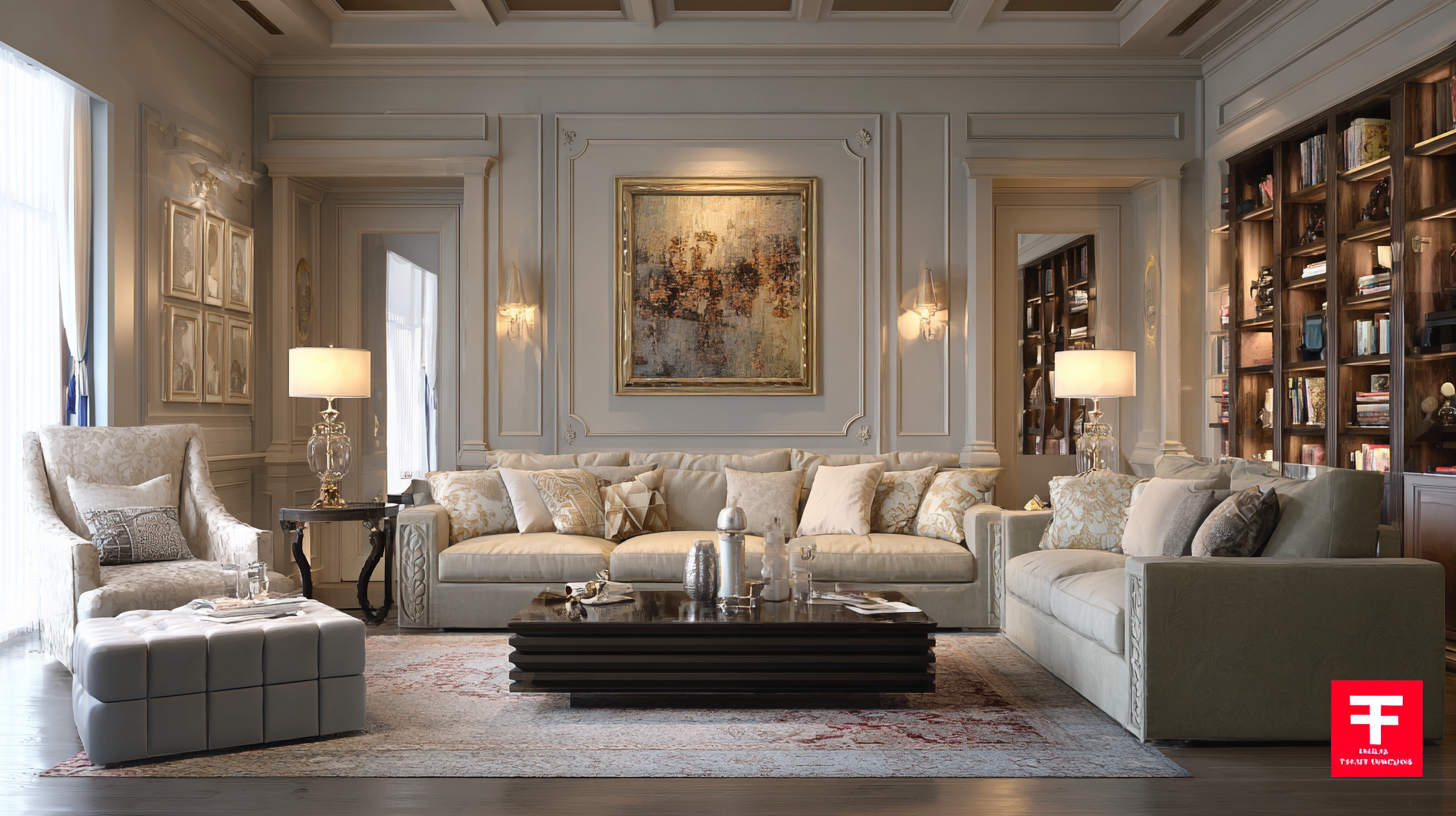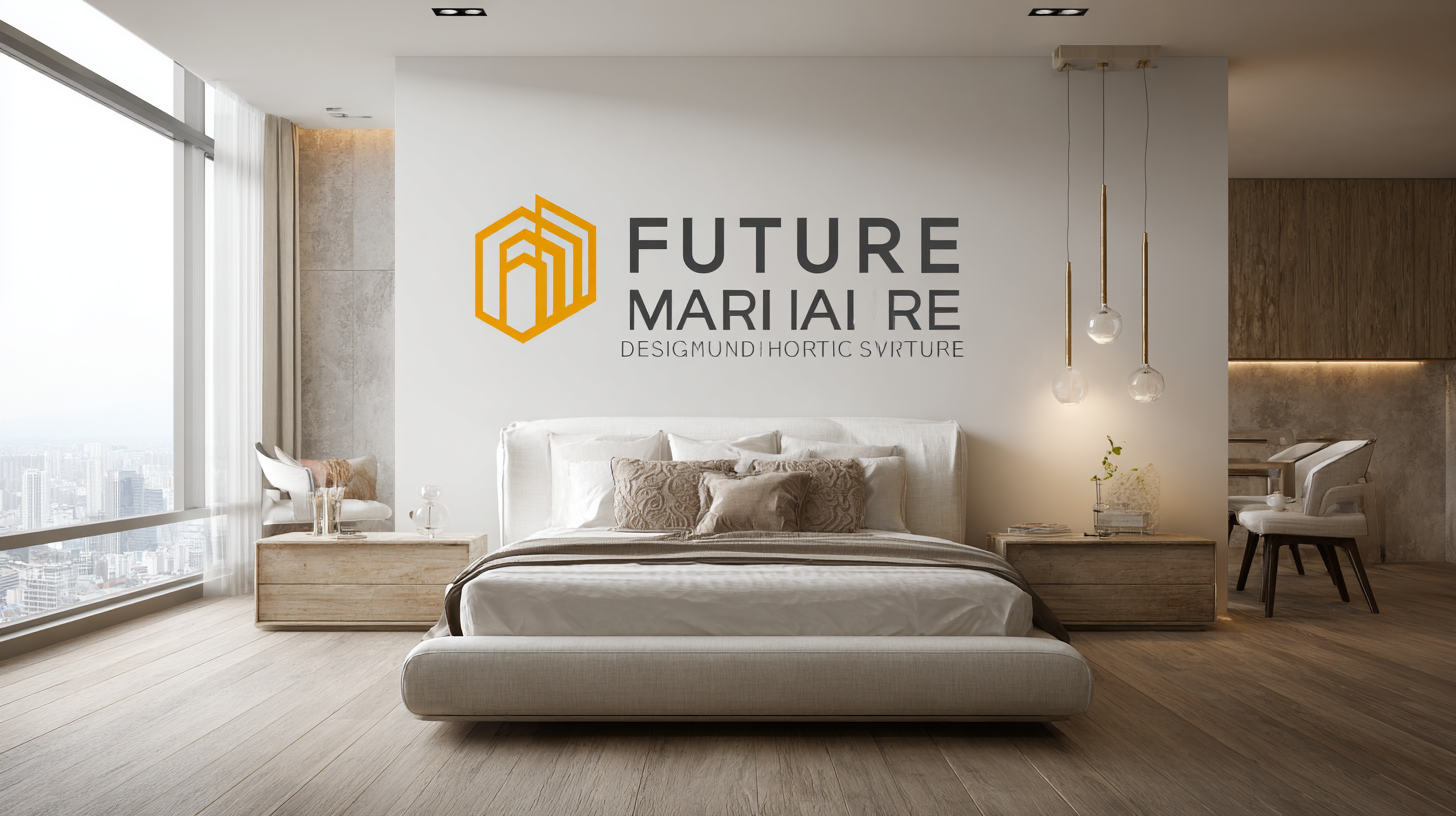Future Trends in Best Home Design Furniture Market Analysis for 2025 and How to Leverage Opportunities
As we look towards the future of the home design furniture market in 2025, it is crucial to understand the evolving trends and the diverse characteristics of different product types that cater to various lifestyles and preferences. Home design furniture encompasses a wide range of styles, materials, and functions, making it essential for homeowners and designers alike to recognize which designs suit specific spaces and needs. By analyzing the strengths and applications of these products, we can better navigate the opportunities that lie ahead. This blog will not only delve into the distinctive features of various home design furniture categories but also provide insights on how to leverage these trends effectively, ensuring that your space combines functionality with contemporary aesthetics.

Emerging Technologies Shaping Home Furniture Design in 2025
As we approach 2025, the home design furniture market is witnessing transformative changes driven by emerging technologies. Trends indicate a substantial integration of smart design elements into residential furniture. According to a recent market analysis, over 40% of consumers express a desire for smart furniture solutions that enhance connectivity within their homes. This shift is largely attributed to the increasing adoption of IoT devices and home automation systems, offering unprecedented levels of convenience and efficiency for homeowners.
Additionally, the upcoming CIFF Guangzhou 2025 fair will showcase innovations that blend aesthetics with functionality, emphasizing smart sleep technologies tailored to improve sleep quality and health. Reports indicate that the global smart furniture market is projected to reach $300 billion by 2026, highlighting the growing consumer interest in ergonomic designs and multifunctional pieces. As brands continuously innovate to meet these demands, leveraging opportunities in this fast-evolving landscape will be essential for stakeholders aiming to capture market share and cater to the tech-savvy consumer of tomorrow.

Sustainable Materials: The Future of Eco-Friendly Furniture Choices
As we move towards 2025, the furniture market is witnessing a significant shift towards sustainability, with eco-friendly materials taking the center stage. Consumers are increasingly aware of the environmental impact of their purchases and are opting for furniture crafted from sustainable sources. This trend not only benefits the planet but also enhances the aesthetic appeal of homes. Using materials such as reclaimed wood, bamboo, and recycled metal, designers are creating pieces that are both beautiful and sustainable.
Tips for choosing eco-friendly furniture include looking for certifications that guarantee sustainable practices, such as FSC (Forest Stewardship Council) certification. Additionally, consider the lifecycle of the furniture; opt for designs that can be easily repaired or recycled. This not only extends the longevity of your furniture but also reduces waste.
Another effective strategy is to mix and match eco-friendly pieces with vintage or second-hand furniture. This not only adds character to your space but also minimizes the need for new manufacturing. By choosing sustainable options, you are not only enhancing your home but also contributing to a larger movement towards responsible consumption and a healthier planet.
Smart Furniture: Integrating Technology into Home Design Trends
The future of home design furniture is being dramatically reshaped by the integration of technology, a trend that is poised to dominate the market by 2025. According to a report by ResearchAndMarkets, the smart furniture segment is expected to grow at a CAGR of 25% over the next five years, driven by increasing consumer demand for innovative and multifunctional living spaces. This rapid growth in smart furniture can be attributed to the proliferation of smart home devices and the rising popularity of IoT (Internet of Things) technologies, which enhance user convenience and energy efficiency.
Smart furniture is not just about aesthetics; it incorporates advanced technologies for improved functionality. Innovations such as automated desks that adjust height based on user preferences, or furniture with built-in wireless charging capabilities, are redefining how people interact with their living environments. A survey conducted by Statista found that 45% of consumers are willing to invest in smart furniture products, highlighting a significant shift in consumer priorities toward convenience and modern living solutions. As designers and manufacturers respond to this trend, the focus will likely be on creating pieces that seamlessly blend style with tech features, offering personalized user experiences that cater to the evolving needs of homeowners.
Consumer Preferences: What Homeowners Will Want in 2025
As we approach 2025, understanding consumer preferences in the home design furniture market is essential for manufacturers and retailers alike. Today's homeowners are increasingly focused on sustainability, with many seeking furniture made from eco-friendly materials and processes. This trend reflects a growing awareness of environmental impact, prompting designers to innovate using recycled materials and sustainable sourcing practices. Additionally, consumers are looking for quality over quantity, emphasizing the value of durable and timeless pieces that can stand the test of time.
Another significant shift is the rise of multifunctional furniture, particularly among urban dwellers who face space constraints. Homeowners crave versatile solutions that seamlessly blend style and practicality. Items such as modular sofas, expandable dining tables, and storage-rich designs are expected to gain traction. Furthermore, personalization is becoming key; consumers desire furniture that not only enhances aesthetics but also reflects their individual tastes and lifestyles. Customization options, from fabric choices to design elements, are set to be a major factor in attracting discerning buyers in the coming years.
In summary, the furniture market in 2025 will be shaped by a commitment to sustainability, versatile designs, and personalization, creating exciting opportunities for businesses that can adapt to these evolving consumer demands.
Leveraging E-Commerce and Digital Platforms for Furniture Sales Growth
The furniture market is rapidly evolving, particularly with the integration of e-commerce and digital platforms that present significant growth opportunities. According to a recent report by Statista, online furniture sales are expected to reach $78 billion by 2025, accounting for over 30% of the total furniture market. This shift towards online shopping has been accelerated by the COVID-19 pandemic, which has changed consumer behavior and increased the demand for a seamless online purchasing experience.

Brands that effectively leverage digital platforms can tap into a broader customer base. For instance, utilizing social media channels and targeted online advertising can enhance visibility and drive traffic to e-commerce sites. Adobe Analytics noted that online sales for furniture grew by 40% in 2020, highlighting the importance of a robust online presence. Moreover, integrating augmented reality (AR) in digital platforms allows customers to visualize products in their own spaces, significantly decreasing the hesitation to purchase.
As we look toward 2025, the potential for growth in the furniture market through e-commerce cannot be understated. Businesses that invest in enhancing their online shopping experience, from user-friendly interfaces to personalized marketing strategies, will be well-positioned to capitalize on the trends shaping consumer preferences for home design furniture.

